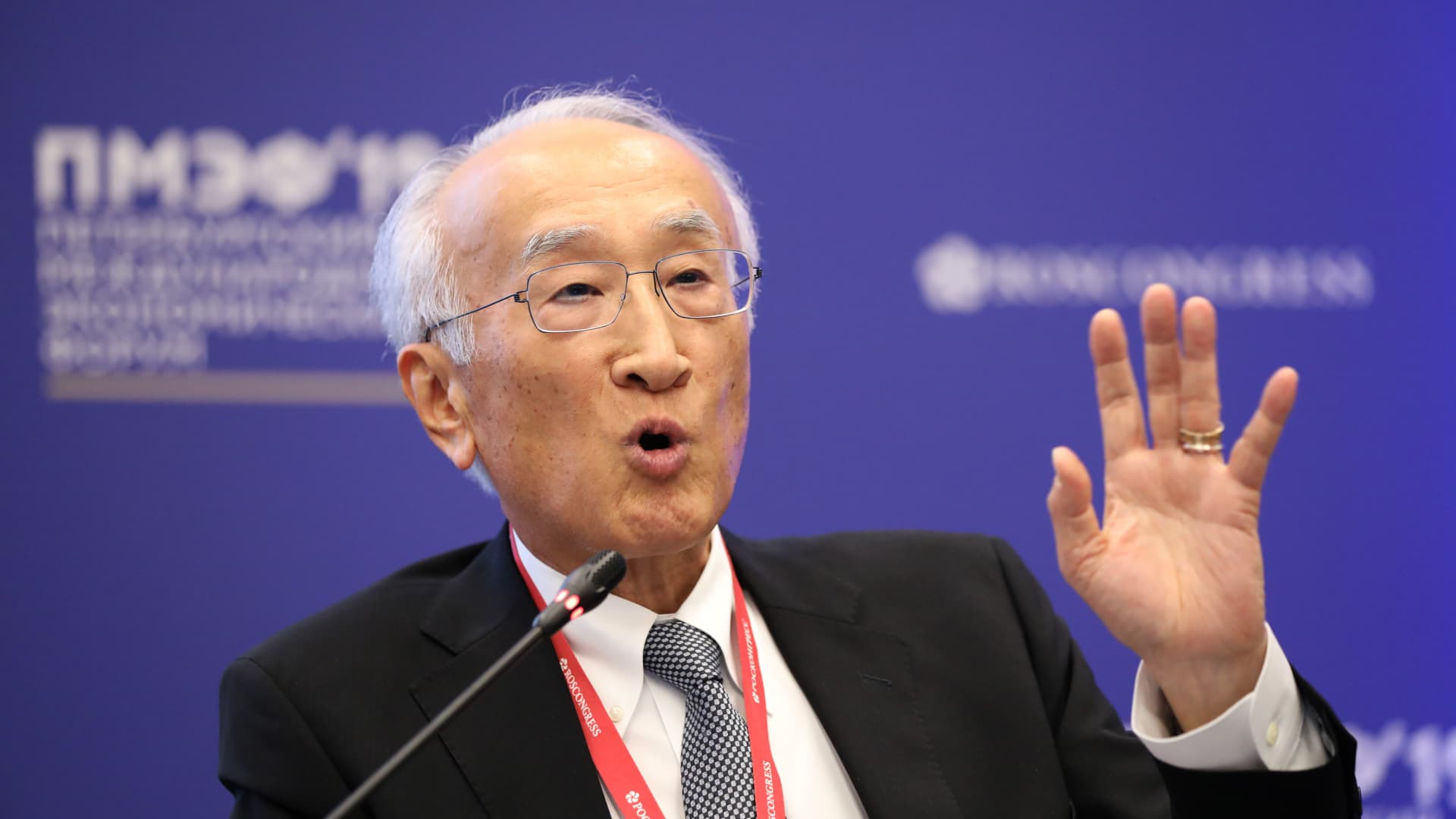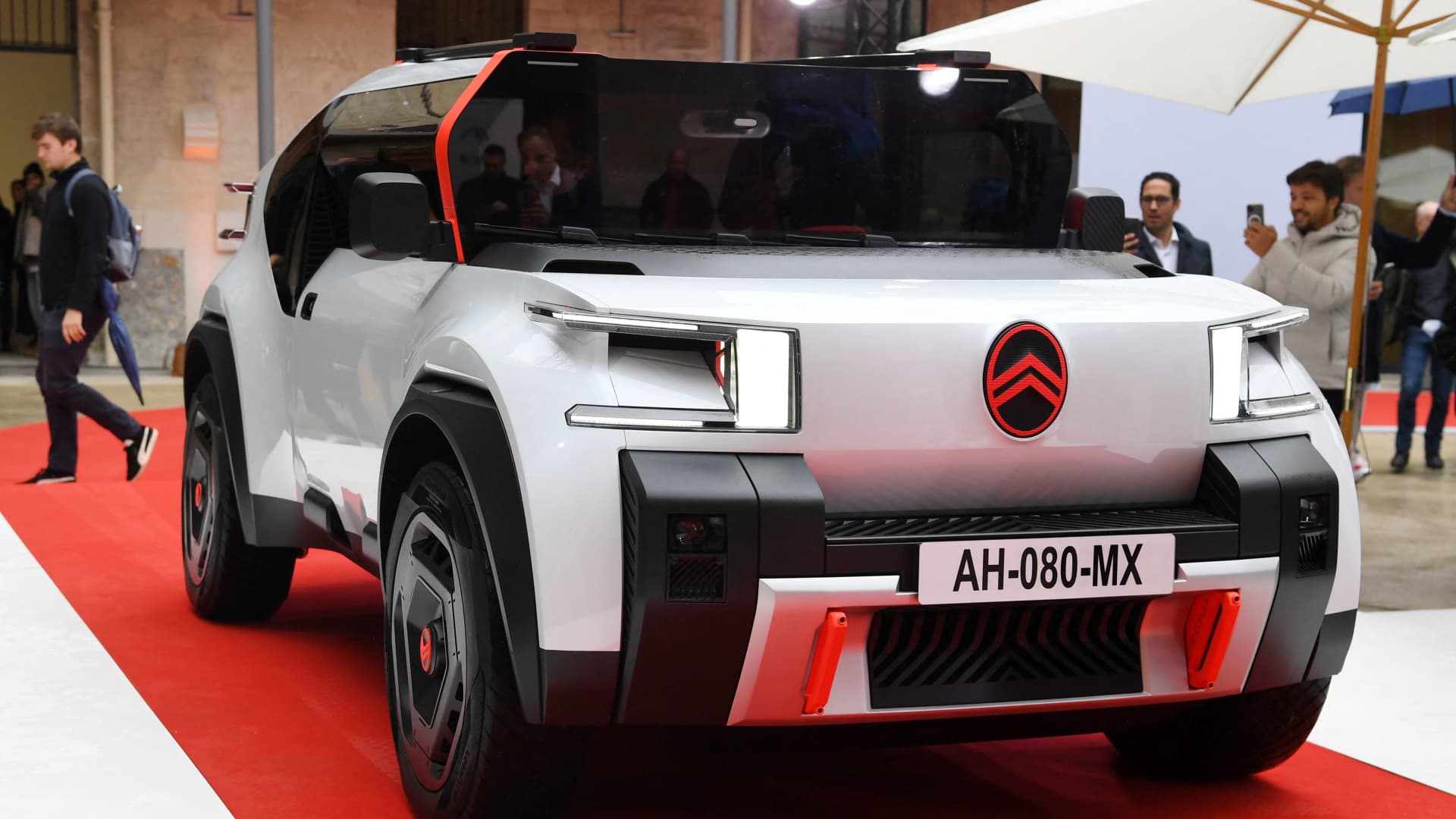GM & EVgo Expand Partnership To Build “Flagship” Stations

Sign up for daily news updates from CleanTechnica on email. Or follow us on Google News!
A few months ago, I shared how impressed I was with some of the charging stations at Pilot and Flying J truck stops. Not every station from the partnership between GM, Flying J, and EVgo has pull-through spaces, but nearly all of them have reliable Delta hardware, canopies to keep the rain and sun off, 350 kW speeds, Plug&Charge support, and an array of truck stop amenities that you won’t find at the typical gas station. Even with my slower-charging Chevy Bolt EUV pulling a trailer (120 miles of range and an hour or more of charge time at most stops), it was still a pleasant experience.
While I know many readers will tell me that Tesla’s Superchargers are better, it’s hard to see that from where I’m sitting (and not only because my vehicle doesn’t support NACS yet as of this writing). Reliable gear, fast speeds, and a simple plug & forget charging process is everything that Tesla owners brag about, right? But these stations are faster than V3 stations (350 kW) and have amenities that most Superchargers don’t. As long as long-term reliability holds up, non-Tesla charging seems to have a good recipe in the book.
I did have one concern that I didn’t express at the time, though: capacity. On a 4200-mile trip, I stopped at as many of these as I could, and I was usually the only one there charging. If I had something like a Silverado EV (a vehicle I would sell organs or maybe my house for) that could pull that full 350 kW, it wouldn’t have been a problem. Even if two electron guzzlers were there drinking at the Flying J watering hole, everyone’s still getting the big straw.
But, problems start to happen when 3 or 4 people show up, as speeds cut in half. The EVgo stations split power between the two plugs, and I’m not sure what increments they apportion the kilowatts in. If more than 4 people show up at these, a frustrating line could form. If dozens of people showed up, it would be a big damned problem.
A recent press release from EVgo gives us some important light at the end of that tunnel, though. Instead of putting in 4 stalls at a bunch of truck stops and calling it a day, EVgo and GM are going to start taking this concept to the next level.
GM and EVgo’s “Flagship” Stations
Like the stations that have been popping up at Flying J and Pilot truck stops, the renewed and expanded partnership is going to stay on the high end. 350 kW charging (even if shared), canopies, pull-through stalls, and a safe environment are all going to continue. But, instead of just two stations that can charge up to four vehicles, the next round of stations are planned to have as many as 20 stalls!
These stations will be installed both along busy highways and in cities. They’ll also be located near a broader variety of amenities, including truck stops and dining, but also including things like shopping centers, coffee shops, and many other urban and suburban businesses.
“The future of EV charging is larger stall count locations, high-power charging, and designing around features that customers love – such as pull-through access, canopies and convenient amenities. Through this next evolution of EVgo and GM’s esteemed collaboration, the future of EV charging is here,” said Dennis Kish, President at EVgo. “In order to be the charging provider of choice, we need to lead on customer satisfaction, and we will continue to innovate to deliver a charging experience that is convenient, comfortable, and dependable for current and future EV drivers.”
GM says that the first of these new flagship locations will open in 2025, and construction will be sped along by using pre-fabricated segments of stations. This modular approach probably won’t help with lead times on transformers, but getting the site ready for power should happen a lot faster. No existing plans, such as those at truck stops or those at urban locations, will be diminished to make way for these larger stations.
“Ensuring that our customers have seamless access to convenient and reliable charging is imperative, and this effort will take it to the next level,” said GM Energy VP Wade Sheffer. “Through our collaborations with industry leaders like EVgo, we continue to innovate and expand customer-centric charging solutions that will meet the evolving needs of EV drivers across the country.”
Non-Tesla Charging Goes Way Beyond NEVI (Infrastructure Bill)
One thing you won’t find in the press release (but probably should) is the big step in non-Tesla infrastructure development this represents. While Tesla has been building 8-stall stations for a long time and is now getting into stations with dozens of stalls, most other charging providers just aren’t building big stations yet.
It doesn’t take much to see the pattern happening outside of Tesla right now. Electrify America has largely built stations with 4 stalls, and sometimes 6 or 8 stalls, to fulfill Volkswagen’s obligations under the Dieselgate settlement. In the larger metro areas, other charging providers have generally only built one or two DCFC stalls at places like shopping centers, restaurants, etc. Outside of them, most routes only got a few stalls from other Dieselgate settlement money, and more recently have been getting stations from the Infrastructure Bill (NEVI) which requires only 4 stalls.
While these stations have been a whole lot better than nothing for EVs that can’t Supercharge, there are stretches of road where having only four stalls is becoming a big problem. For example, the Electrify America station in Quartzsite, Arizona (on the busy route between Phoenix and LA) often has a line and heavy use has been tough on the equipment.
While the Supercharger network is starting to open up to more brands of vehicles, it’s still good to see more companies jumping in and building larger stations with more stalls. This capacity is already needed in many places, and will be needed soon in many more. Between NEVI-funded 4-stall stations, privately-funded 4-stall stations at more truck stops, new “flagship” stations, and opened Superchargers, we should start seeing a lot less hassle for EV drivers.
Featured image provided by EVgo and GM.
Have a tip for CleanTechnica? Want to advertise? Want to suggest a guest for our CleanTech Talk podcast? Contact us here.
Latest CleanTechnica.TV Videos
CleanTechnica uses affiliate links. See our policy here.
CleanTechnica’s Comment Policy
This post has been syndicated from a third-party source. View the original article here.






